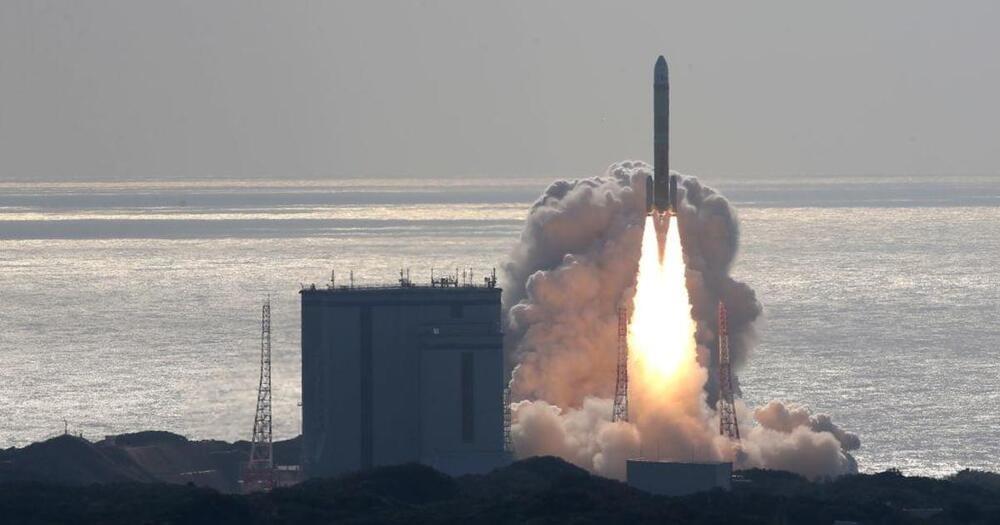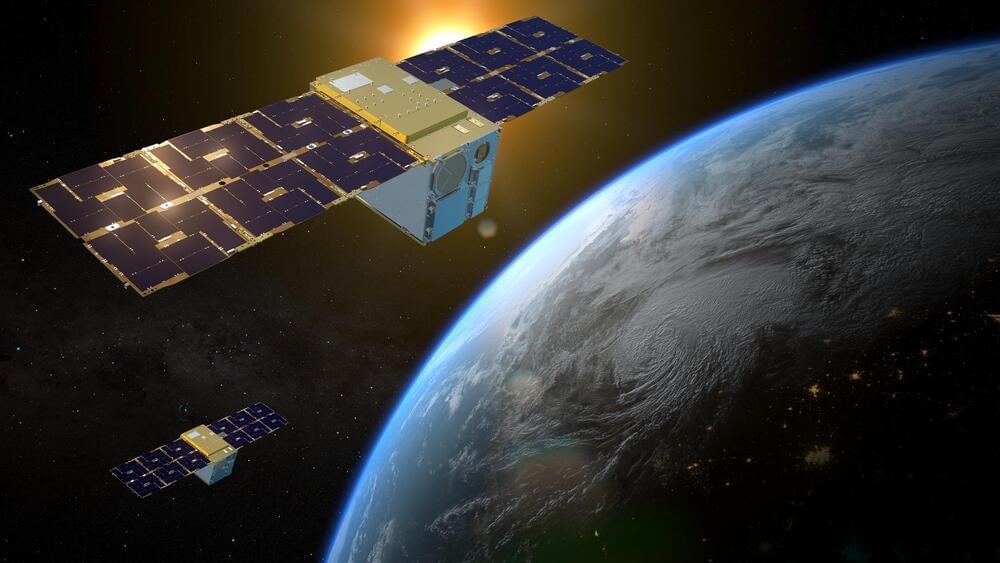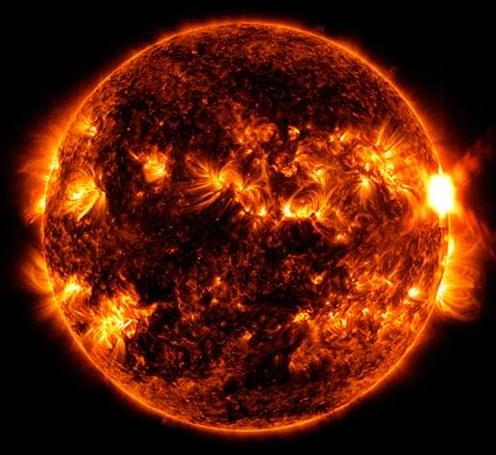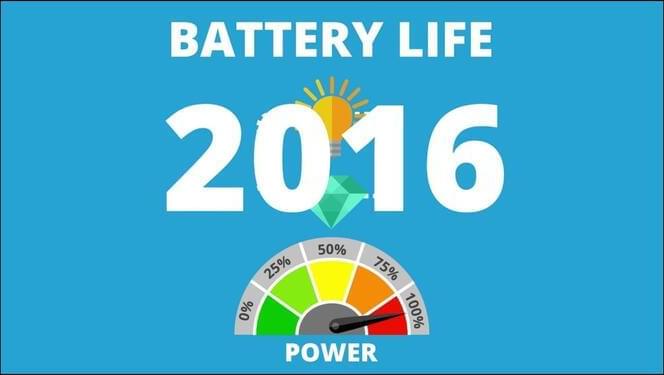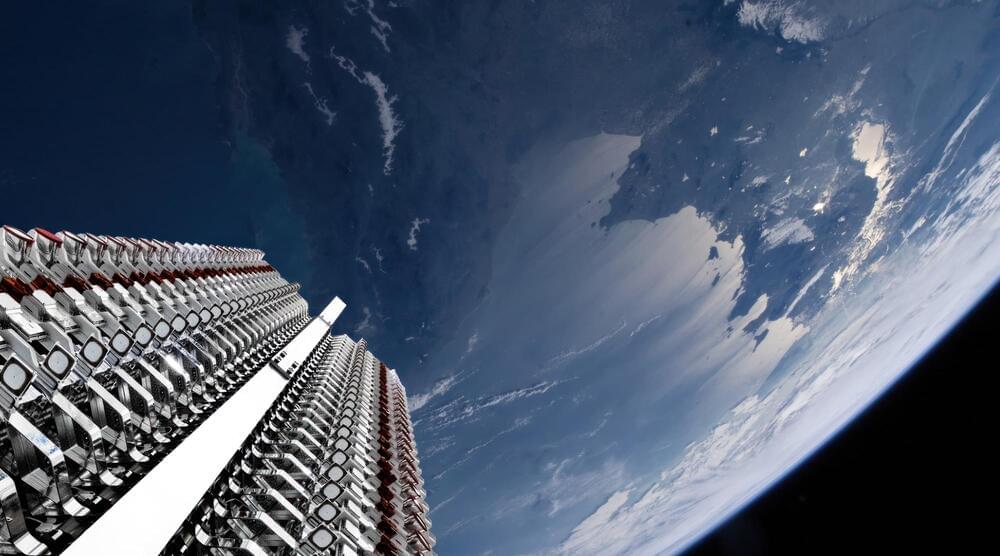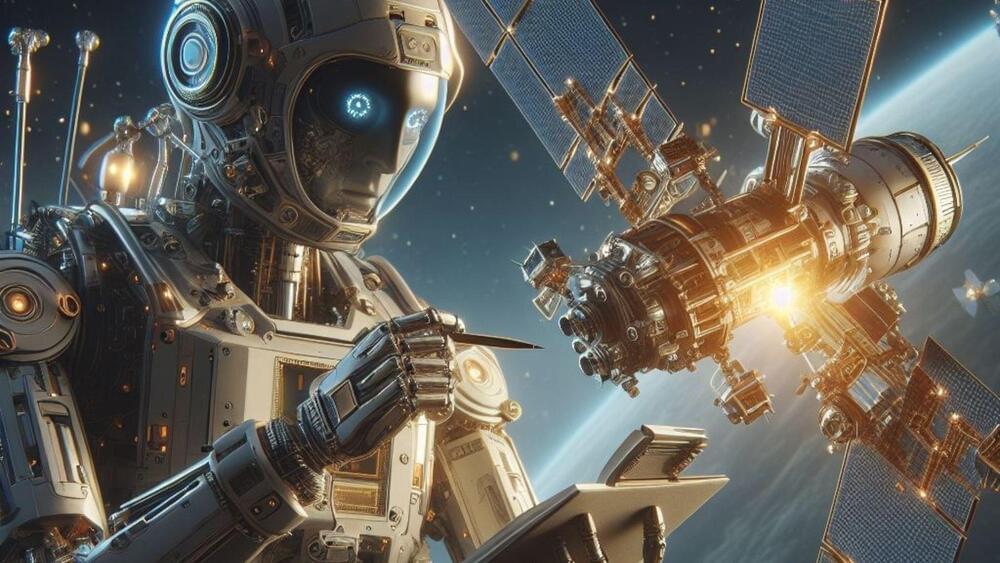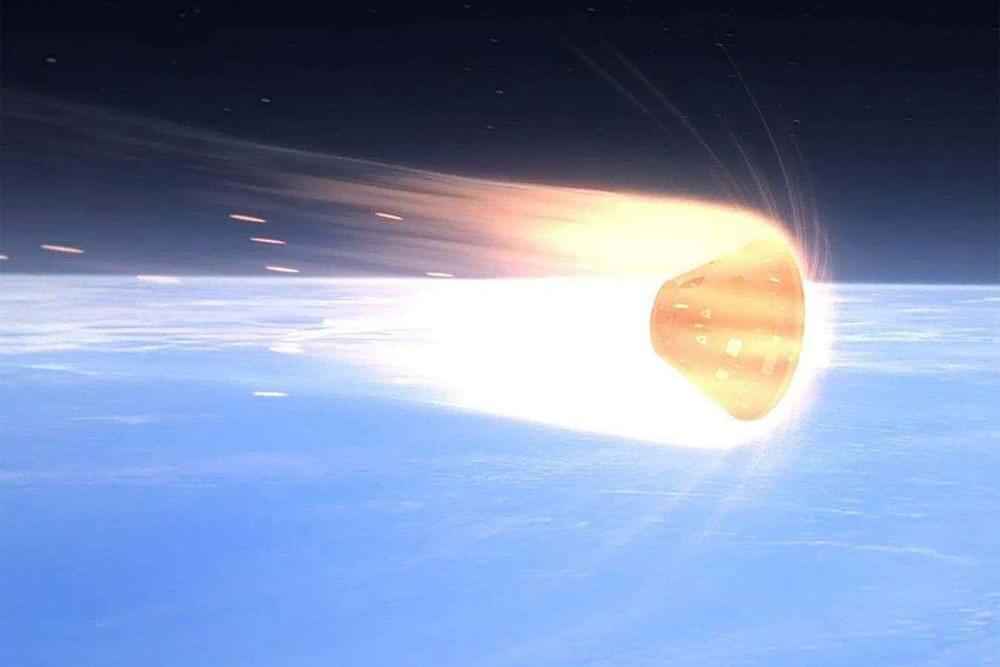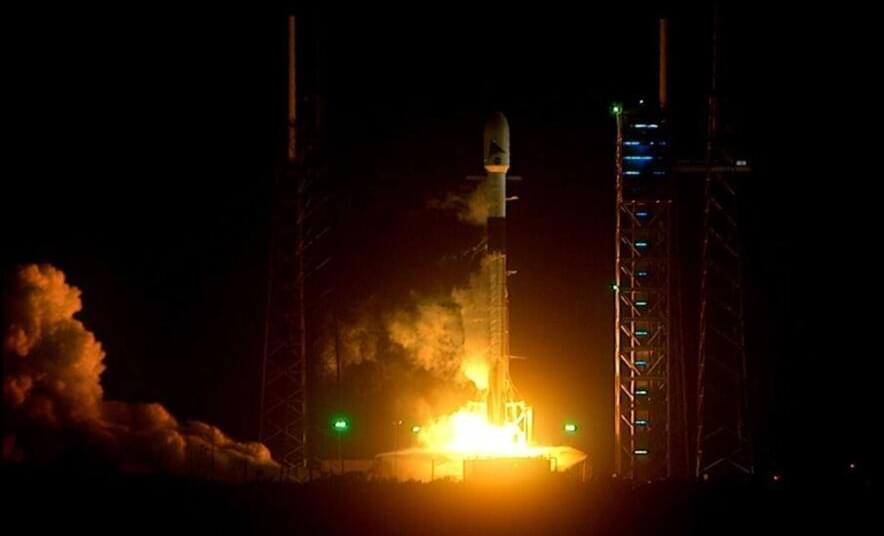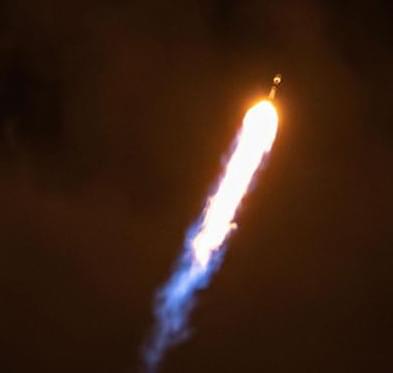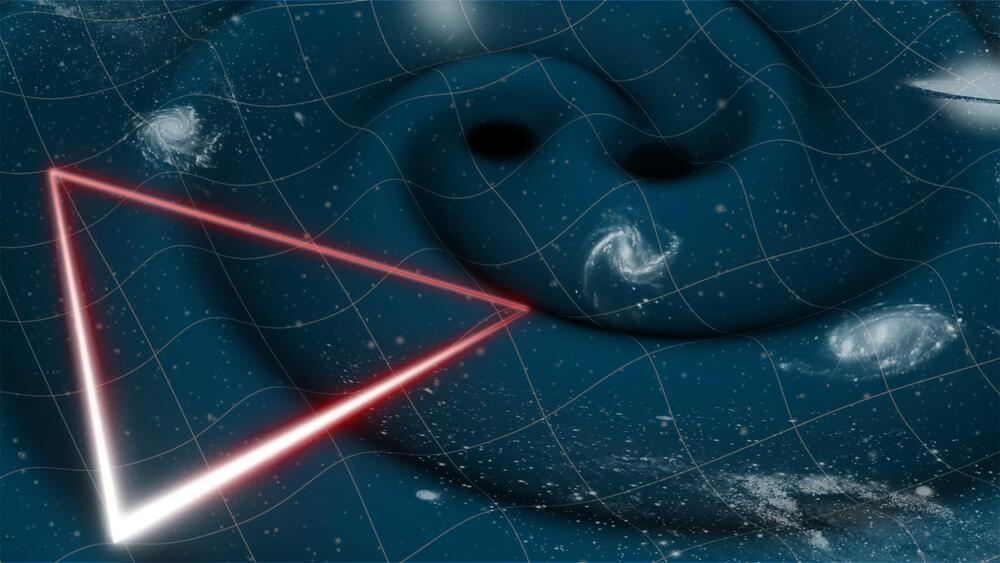Feb 18, 2024
Japan’s flagship H3 rocket successfully reaches orbit after failed debut launch
Posted by Genevieve Klien in categories: robotics/AI, satellites
The H3’s main missions are to secure independent access to space and be competitive as international demand for satellite launches grows. “We made a big first step today toward achieving that goal,” Yamakawa said.
The launch is a boost for Japan’s space program following a recent streak of successes, including a historic precision touchdown on the moon of an unmanned spacecraft last month.
The liftoff was closely watched as a test for Japan’s space development after H3, in its debut flight last March, failed to ignite the second-stage engine. JAXA and its main contractor Mitsubishi Heavy Industries have been developing H3 as a successor to its current mainstay, H-2A, which is set to retire after two more flights.
